Most people that visit the Tasman Peninsula are here for one purpose - to either hike, or to see the penal colony at Port Arthur, a UNESCO site that is the best example of a colonial convict settlement anywhere in the world. We'd seen it twice before, so we weren't interested in it this time, but lucked upon a place that was just as interesting, near Lime Bay on the same peninusula. A twenty minute drive from the turn off to Nubeena and Port Arthur, it's off the beaten track a little, and we didn't see a single other soul there which was just to our liking.
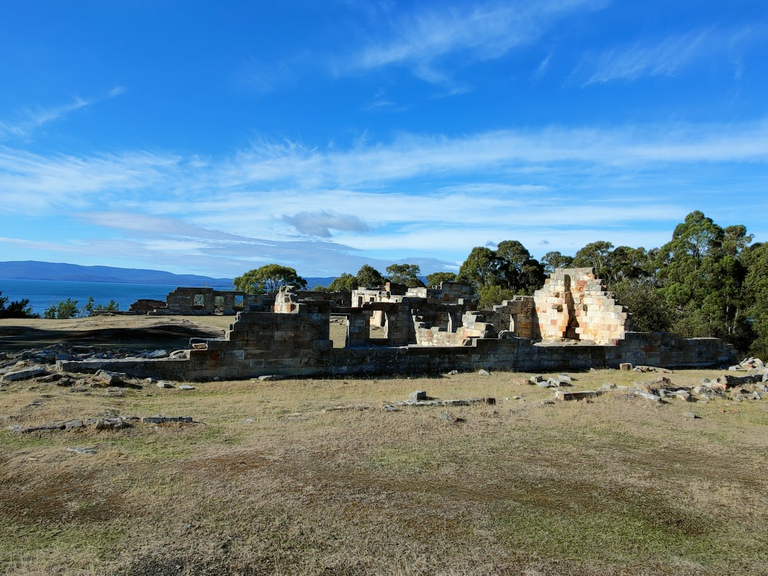
Along the track that leads to the campground, there's many places to turn off and walk through the bush to see the various elements that made up this settlement, including old mine shafts and military barracks. However, we started at the main ruins - clearly not as well preserved as Port Arthur, but spectacular none the less.
One enters through an outdoor mock tunnel with plaques that detail the history of the place, including the timeline. It's really well done and worth spending a few minutes reading the walls.

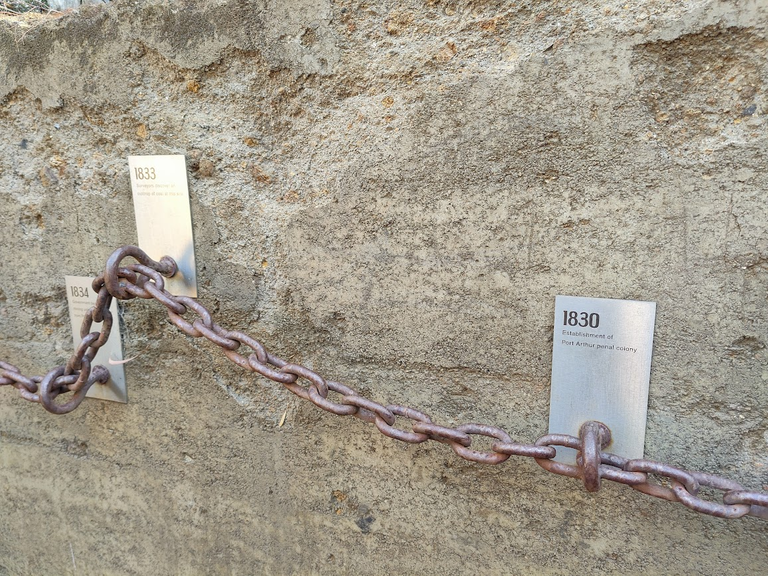
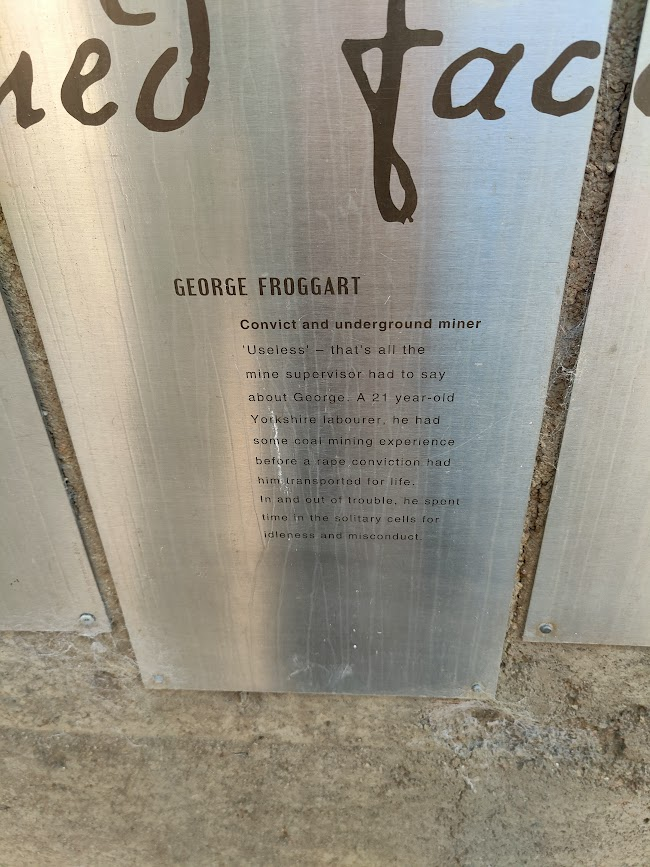

The setting was beyond compare. Now, there's trees growing up all around but back then, it would be all open ground as they cut so much of it for shipping, the mines, and fires. There would have been no places for prisoners to hide.

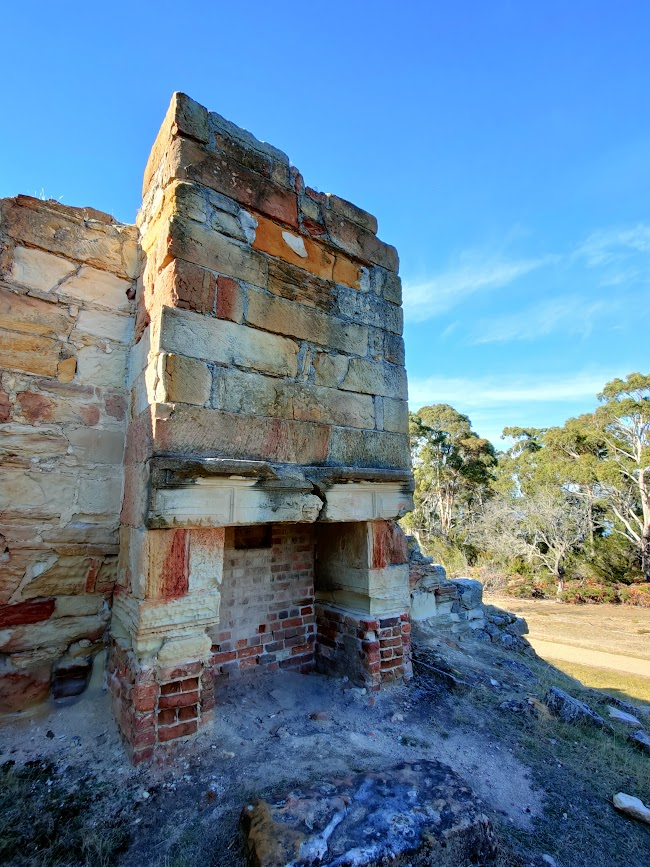
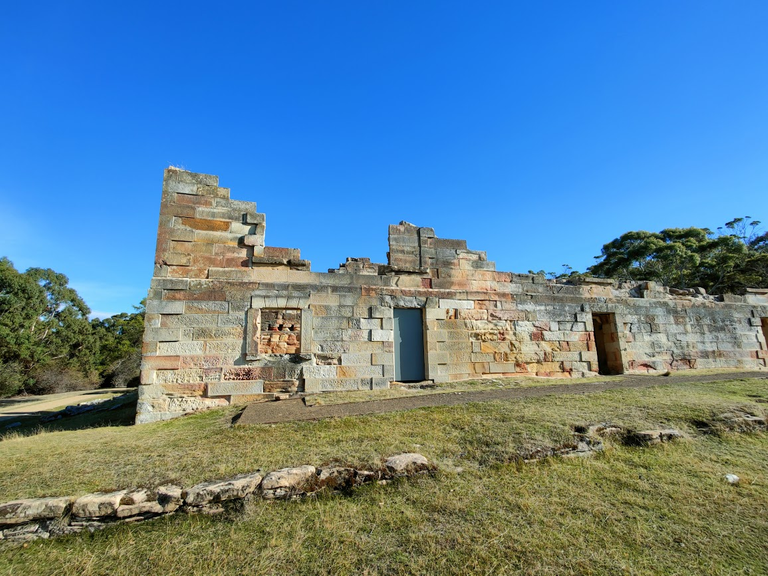
I love old ruins, as they're so photogenic - it would have been great to come back at sunset. I also love the human history on the stones, noticing the cut of the axe, the carvings in the fireplace, the human effort that would have got toward building the place. I don't know whether they appreciated such views back then but goodness, if you could renovate and build a house there, I wouldn't say no. Some of these buildings were a bakery, some a chapel, some living quarters. It was all built around 1842. One of the plaques told of how they came to make the coal mine, and knowing nothing about doing it, had to hire a hard ass convict to basically run the place.
The discovery of coal here - a seam some 2m thick - was a bit of a boon for colony, because not only could it supply it's needs, it'd also supply a good punishment for convicts that couldn't follow the rules. You could imagine how tough these guys were having been convicted of crimes in the UK and shipped to the other side of the world. It was Joseph Lacey that had the only practical mining knowledge so they had to rely on a convicted criminal to run the place, which seems a recipe for disaster to me!



By the start of the next decade it was mechanised with a steam engine to pump water from the shafts. It's possible to find the old boiler. There was also a tram system to carry the coal from the mine shifts to the cargo boats. It must have been hot and uncomfortable work - men did double shifts of eight hours each in the hot shafts. No way was it an easy job:
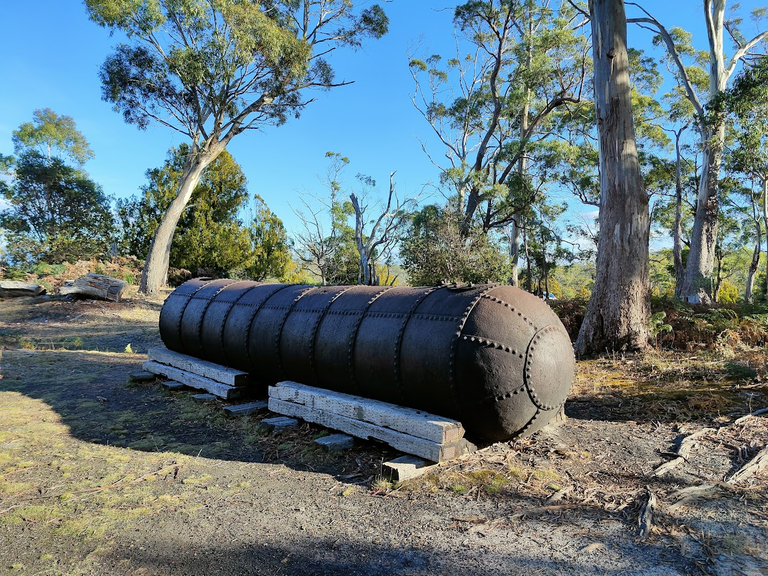
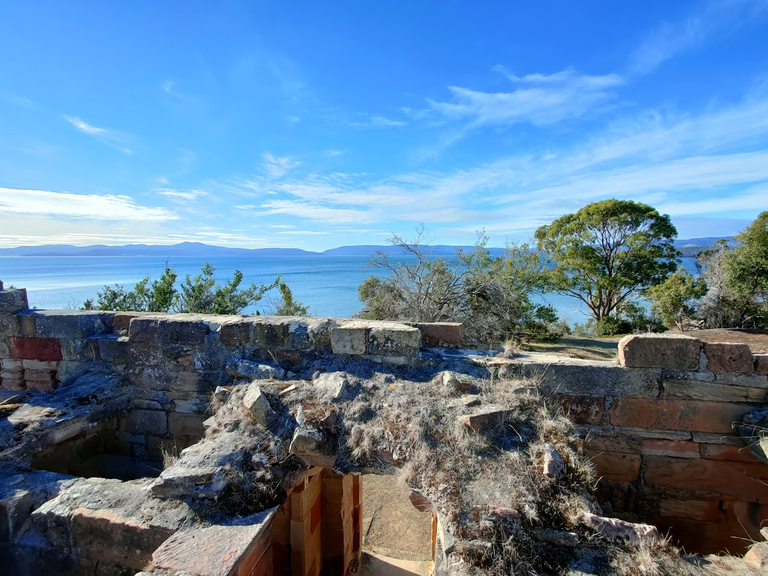
This was the spookiest part - solitary isolation cells which were used to punish prisoners. I couldn't even imagine being locked up there in the dark on a freezing winter day or night. The penal colony believed that religious instruction, hard work and hard punishment could reform these men but if you think about it half of them would have carried trauma from their lives before even being shipped here, and it must have been hell being so far from family, forced into hard labour, and being in such squalid conditions. Reform was never going to be achieved.
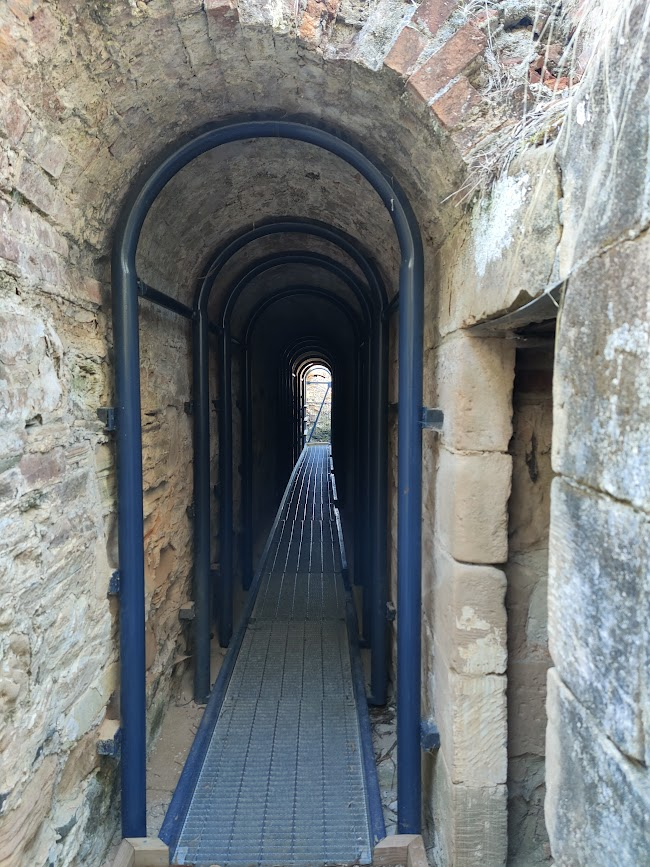
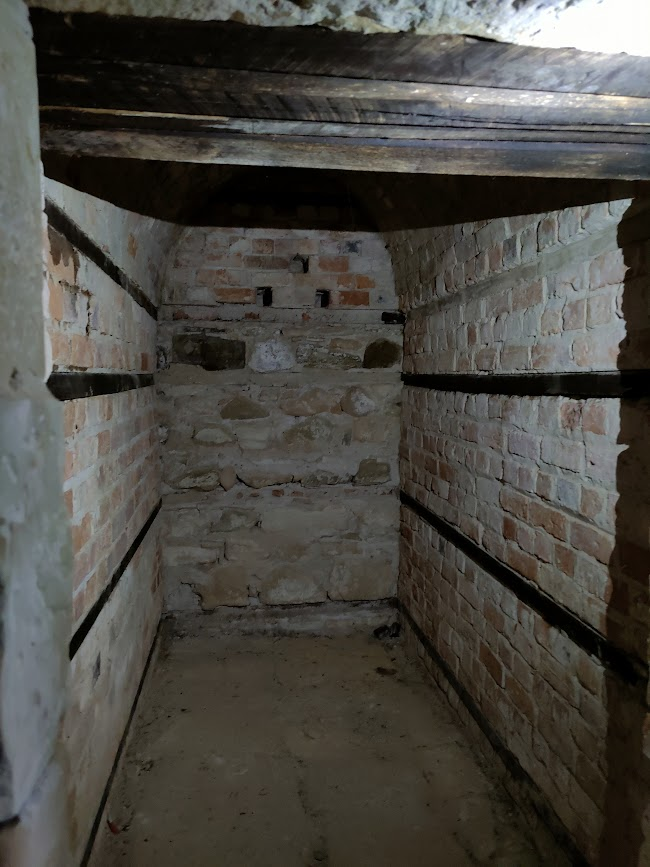
About 500 metres up the track is the military barracks. It would be so awesome to restore, but if restored, you'd be paying fees to get in to see it. Sometimes ruins are more poetic and more beautiful.

We also spied a ghost mushroom on the track which would have been super cool to come back and photograph at night, as they glow in the dark. It was a gorgeous specimen and the warmer evenings would have been perfect to get the proper glow going. However, neither of us actually fancied a convict ghost encounter either, so we gave it a miss.
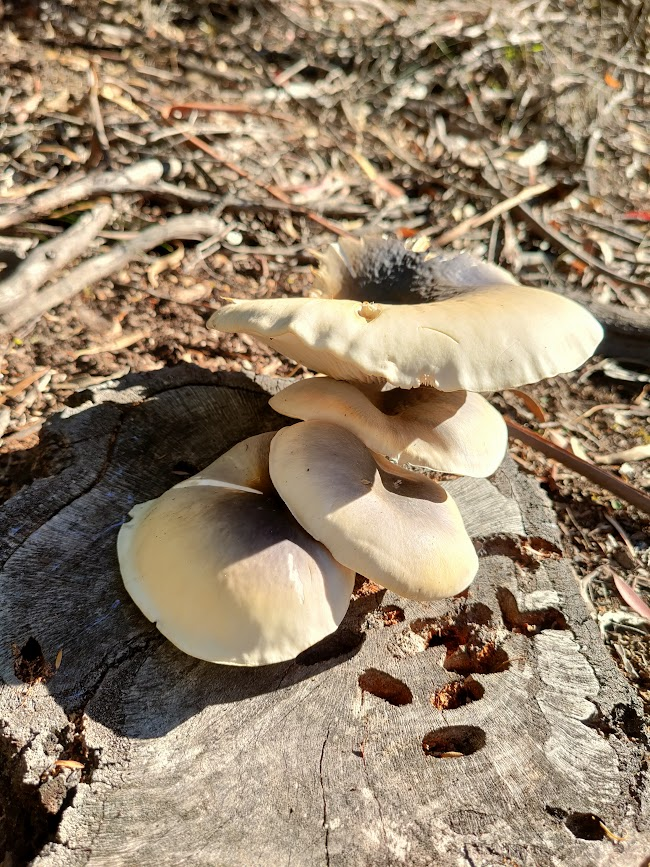
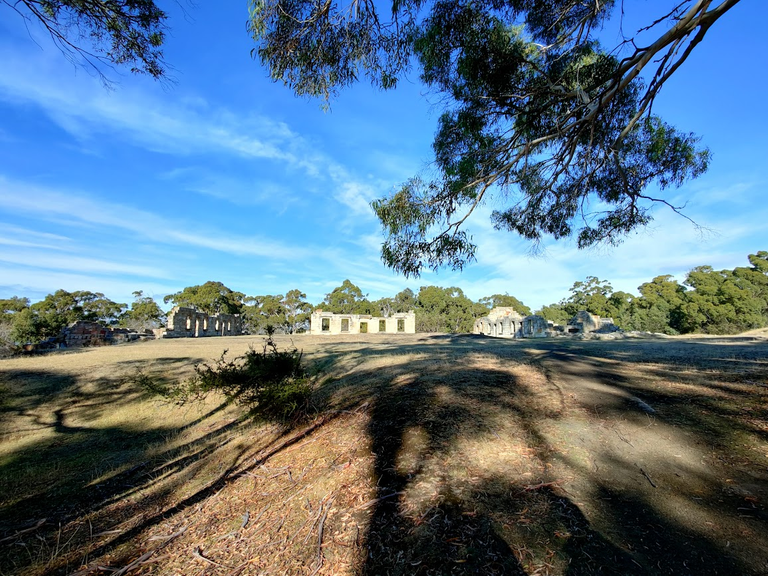
The stories on the plaques around the site, coupled with the buildings themselves, really filled in the bigger picture of the mine. It never was particulary successful and one of the excuses they had for shutting it down was because homosexuality was rife. THey say the dark underground places were 'sinkholes of vice' and they tried to curb it with better lighting and segregating the prisoners at night. They did work in close confines - I'm not sure we can blame them for getting close. I sure as hell would want to snuggle up to another body after a hard day's work - you gotta have some pleasure, right? Who knows what the truth is. History can be funny like that, especially if there's no one left to tell the real story.
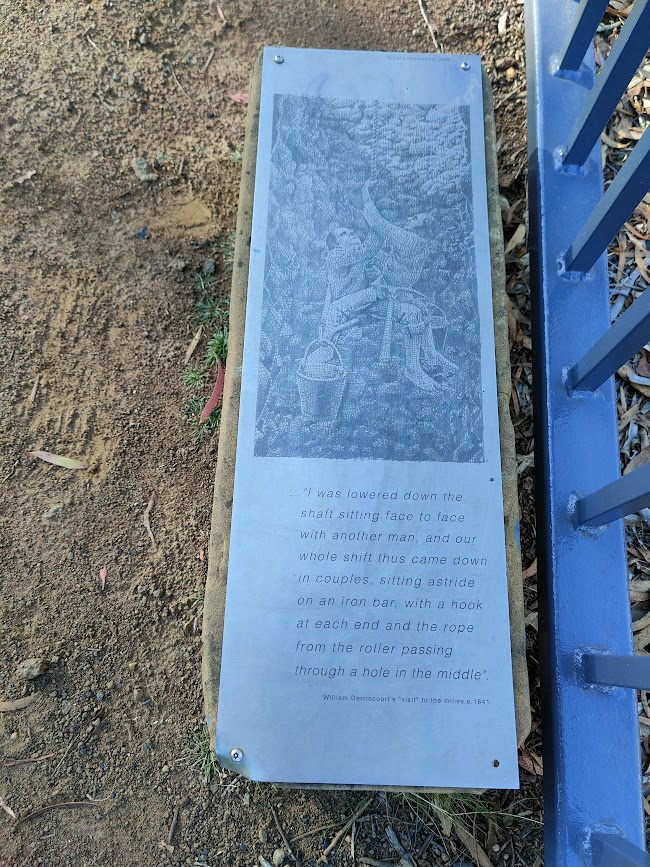
In the end this was one of the excuses for shutting it down, and whilst I unde]rstand that it would have been really looked down upon, reading between the lines it looks like it was a political story as the mine wasn't that successful anyway and was costing the colony too much. It was shut in 1877, only producing 60 tonnes of coal.
Later, in 2010, along with 11 other sites, it was listed as World Heritage.
It's well worth a visit - there's so many stories to read and you get a real feel for the place, without the theme park, touristy vibe.
It's open all the time, and entry is free.
With Love,

Are you on HIVE yet? Earn for writing! Referral link for FREE account here



